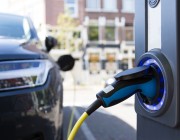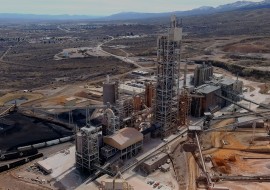Government facilities, fleeds, and operations offer unique opportunities for federal, state, and local governments to lead by example, incorporationg energy efficiency measures into their facilities and achieving significant energy savings.
Governments can become leaders in energy efficiency by taking legislative or executive action to improve efficiency in their own buildings and vehicles. These policies improve the environmental and economic performance of states’ assets while promoting energy conservation to the broader public.
The first major step governments can take is to set energy savings targets for facilities and fleets. Many states have established targets for facilities (such as government buildings and public schools), requiring a certain reduction in energy usage by a given date. For vehicle fleets (such as public transit buses, police cars, and school buses), governments may establish fuel efficiency or electric vehicle requirements. President Biden’s executive order on tackling the climate crisis, for example, prioritizes clean and zero-emission vehicles for federal, state, local, and tribal government fleets.
Governments can also set energy efficiency requirements for new construction. Several states require newly constructed public buildings to be more efficient than the statewide building energy code. Others require new construction to meet certain environmental or energy standards, such as LEED, or implement zero-net-energy building standards. These policies often extend to buildings with major retrofits, publicly financed buildings, and leased space.
A third major step governments can take is to identify and retrofit the most-wasteful buildings. To properly target the highest-priority buildings, a government can use established methods to benchmark energy and water usage and collect consumption data. The government can then enter an energy performance savings contract with an energy service company, allowing the government to pay the company with utility savings accrued after completion of the retrofit.
Implementing energy-conservation technologies in the public sector saves money for taxpayers, supports economic development, and conveys to decision makers and the public the vital message that efficiency works.
Highlighted Resources






